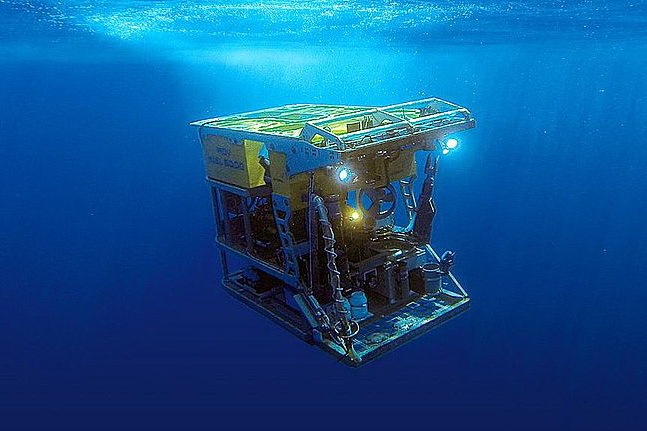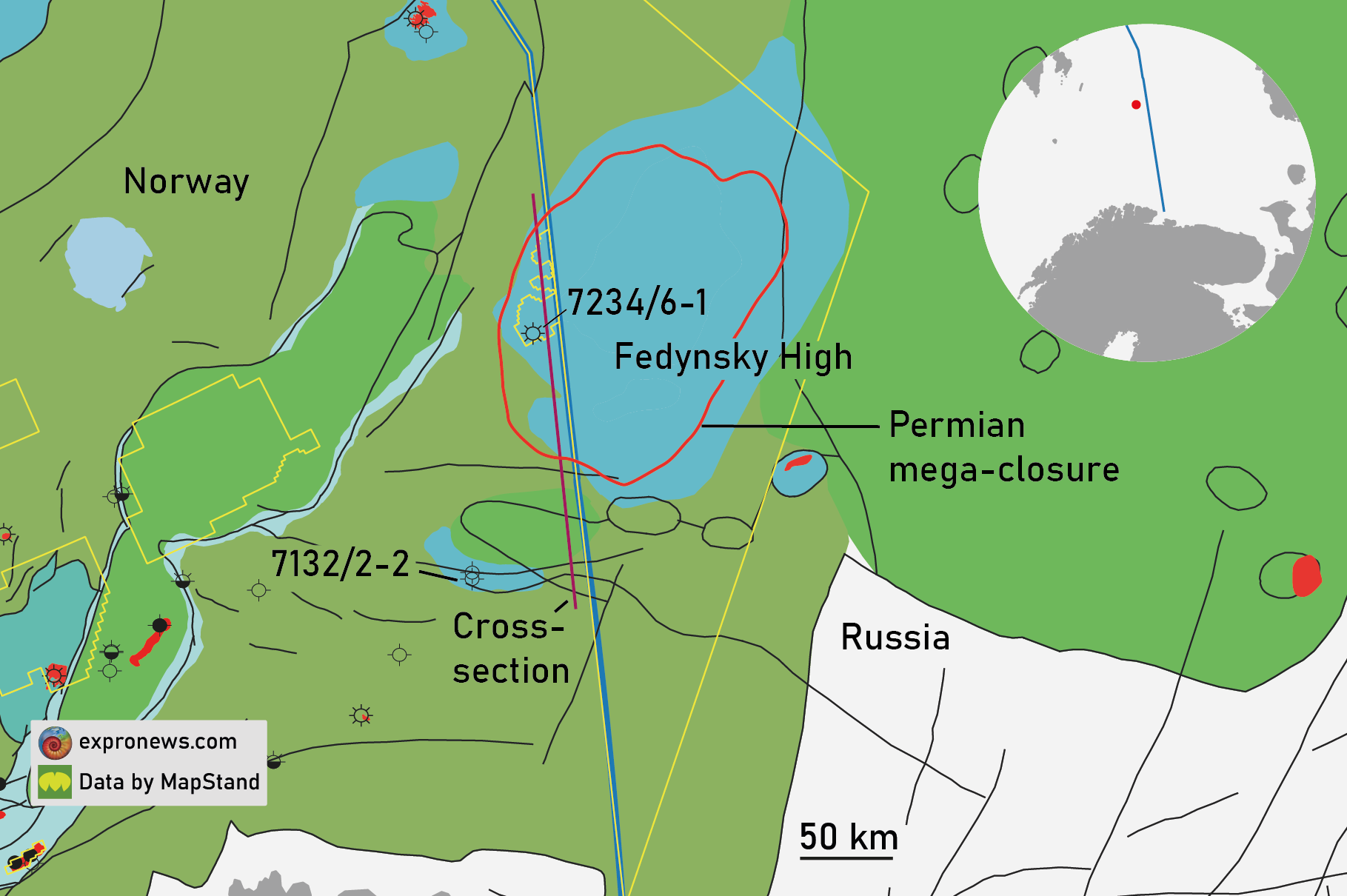While seafloor massive sulphide deposits (SMS) provide a potential resource of base metals including copper and zinc, as well as more critical metals such as cobalt, selenium and gold, their economic potential is poorly known, although more than 600 SMS fields are known today.
“To address the uncertainty surrounding the full structure and composition of SMS, it is necessary to identify methods that assess the deposits in their true three-dimensionality. This requires both direct sampling and remote sensing of the structures at and below the seafloor,” says Bramley Murton, Professor of Marine Geology at National Oceanography Centre in Southampton, UK.
Bramley Murton studies mid-ocean ridges including seafloor volcanism, hydrothermal systems and mineralisation. He is currently associate head of the Marine Geosciences Group at NOC, where he leads research programmes on deep seafloor mineral resources. He is the chief scientists leading a multi-million-pound, binational research consortium programmes ‘MarineE-Tech‘ (researching tellurium and cobalt-rich ferromanganese crusts in the Atlantic Ocean) and ‘Project ULTRA‘ researching deep-ocean resource exploration and assessment of seafloor massive sulphides
Geologists having studied SMS deposits do, nevertheless, have some rough ideas about grades. “Bulk geochemical data suggest modern SMS deposits have a median grade of 3 wt.% Cu, 9 wt.% Zn, 2 g/t Au and 100 g/t Ag,” Murton says. If found in land-based mine today, such grades would have been lucrative. The world’s largest copper mine for example, Escondida in Chile, produces ore with approximately 1.5% copper. Norway’s next copper mine (Nussir) has a grade of 1.1%.
Murton, however, asks for some sobriety.

Cartoon showing the state of knowledge for SMS deposits from several different settings, where sub-seafloor investigations have been made.
In-depth study of a hydrothermal field
“Existing data mainly report easily recoverable, surface grab-samples from high-temperature sulphide chimney and related talus and hence they do not represent the average composition of an entire deposit, which is three-dimensional and subject to internal processes such as recrystallisation and metal redistribution.”
To get more knowledge, several surveys were conducted at the TAG hydrothermal field, a volcano-tectonically driven system located on the slow-spreading Mid-Atlantic Ridge due west of the Canary Island. The study was financed by the EU-funded Blue Mining project.
TAG
The TAG (Trans-Atlantic Geotraverse) hydrothermal field, situated in the axial valley of the slow-spreading Mid-Atlantic Ridge due west of the Canary Islands, is one of the largest and best-studied extinct seafloor massive sulphide (eSMS) deposits formed at a slow spreading ridge in the world.
“We focused on the structure and composition of several hydrothermally extinct SMS deposits (eSMS) forming mounds up to 300 m in diameter and tens of metres high,” says Murton.
“The take-home message from the TAG study is that eSMS deposits differ from active hydrothermal deposits, they may have a substantially greater volume, by a factor of 3, of sulphide at depth (compared with their surface expression), and that eSMS pose some challenging lithologies for mining.”
Bramley Murton will give a keynote at NCS Exploration – Deep Sea Minerals in Bergen, October 19-21, in Bergen, Norway, entitled “State-of-the-art Knowledge of the TAG System, Atlantic Ocean”.
Relevant to Norway
The relevance of the TAG area to the Norwegian Mid-Ocean Ridge sector is that it shares many of the structures and driving forces that are expected for the Mohns Ridge. “As such, it provides a case study of the challenges surrounding the exploration and assessment of SMS deposits on slow-spreading ridges.”
The geologist stresses that much more remain to be done to develop techniques to reliably assess eSMS deposits, especially their sub-seafloor composition.
“Finally, not all eSMS are the same, and different geological settings and lithological hosts may offer other resource opportunities,” says Bramley Murton.
Blue Mining
The “Blue Mining” consortium, active from February 2014 to January 2018, consisted of 19 large industry and research organisations on various maritime fields of expertise. The goal was to develop solutions that will bring sustainable deep sea mining a big step closer. The project addresses all aspects of the value chain, from resource discovery to resource assessment and from exploitation technologies to the legal and regulatory framework. The final report is available here.





